
Stage 1: Process Design. This stage requires a validation strategy. A cleaning validation master plan should already be in place and include items such as cycle development, selection of cleaning agents, analytical and sampling methods, calculating acceptance criteria, handling and storage procedures for cleaned components, and cleaning equipment validation.
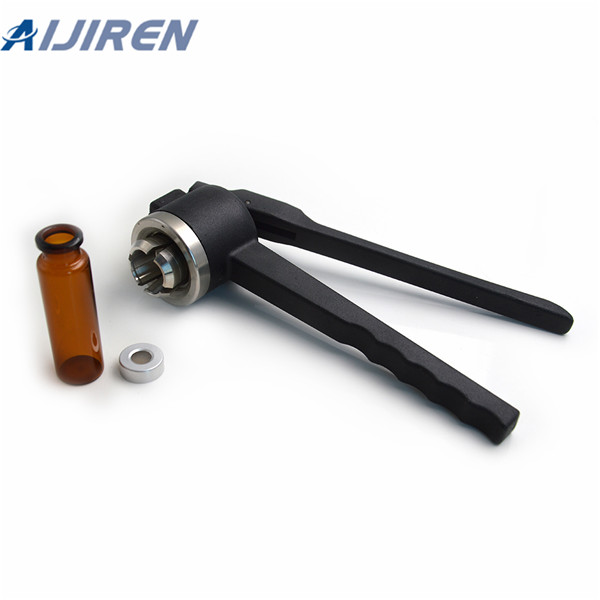
Parts in contact with vials should be made of stainless steel. Precautions in capping. Like the washing and filling, aseptic conditions must be maintained by ensuring that there is minimum contact with human hands and environment. Therefore automatic machines are preferred to manual types. The vial capping machine must also provide a 100 %
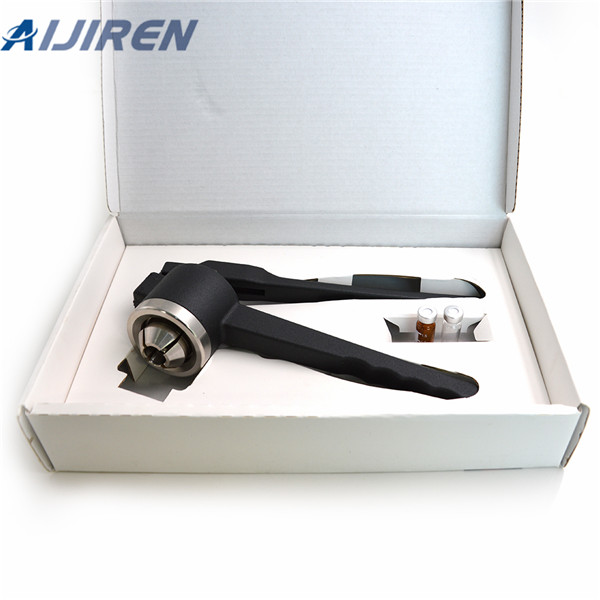
Jun 11, 2021 · 2. Use 15 mL tubes with diameter of 16 mm for sample collection. 3. Label all your vials and tubes. 4. Remove all precipitates in the sample by filtering it with 0.4 µm or 0.22 µm filter. 5. Dissolve sample in methanol or acetone. DMSO is NOT allowed. 6. The level of sample should reach the bottom line of vials (0.5 mL level). 7.
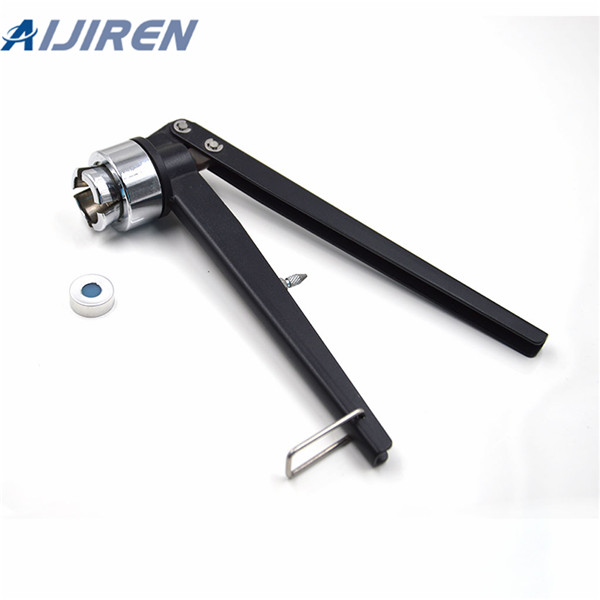
Dec 04, 2014 · The sample (5 μl), followed by 1.5 μl of the reagent, is loaded to ensure that the sample loop is completely filled with the sample. Subsequently, the sample is injected for 2 min at 0.75 μl/min.
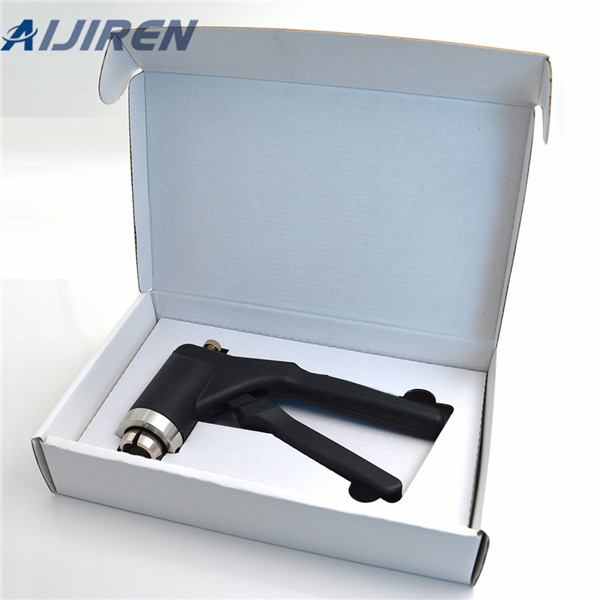
3-In routine, you can want to label between 0.5 and 2mg protein. Calculate the quantity of FITC required, by using a molar ratio FITC/ prot of 100. For example, if you want to graft 1mg of protein

- Samples with sediment (although properly filtering the sample is ideal) - Sampling from higher in the sample vial in liquid-liquid extractions - Small volume sampling • Exercise caution when using sample offsets in combination with vial inserts or conical vials - Ambient headspace analysis DE.4721759259 Head Space

Self-laminating vial and tube labels need to have a clear tail to wrap around the information area so that it is still readable. Printability. The interdependency among the print, substrate, and ribbon or ink needed to print. Using the wrong ribbon may result in a solvent washing off the print. Durability.
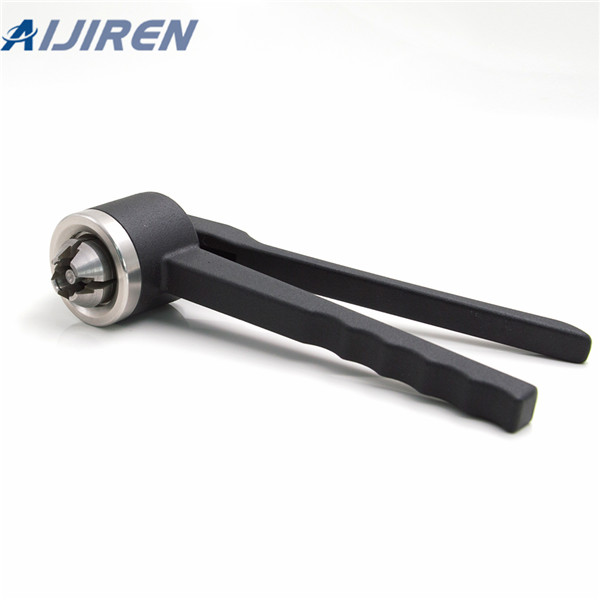
12 Replace the vial that contained beads with a vial containing 1 mL 0.1% Acetic Acid (Recipe 10) and wash the beads by flowing 0.1% acetic acid for 5 minutes at 200 μ L/min (~ 100 PSI).
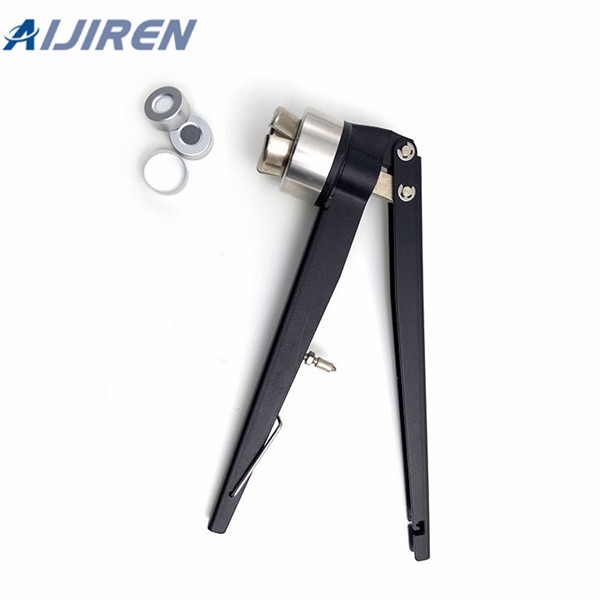
Sample preparation Always filter your sample through a 0.22 µm filter (or centrifuge at 10 000 × g for 10 min) to avoid particulate matter contaminating the column (see 29-1132-15, Guide to laboratory filtration for information on our available Whatman™ filters). Perform the filtration just before beginning the purification to
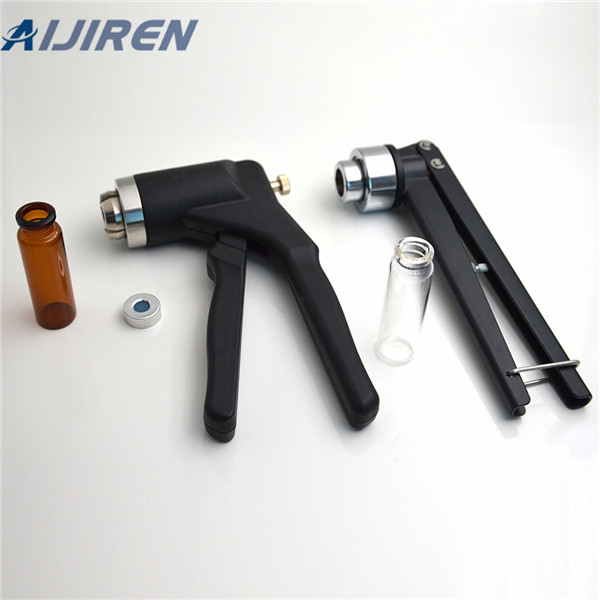
May 25, 2005 · Sample Names and Sample IDs, sample volume and project number are entered into the Access database before sample preparation. If possible, for unknown samples, the sample IDs are read in by a barcode reader directly from the sample vials. Sample IDs for QCs are entered manually. The Sample Log Sheet containing

Mar 18, 2022 · For large (Cat#. 6801, sample capacity 5–100 g) and mid-size vials (Cat#. 6881, sample capacity 5–50 g), the frozen pieces should be no larger than 15 mm. Be careful, as larger sample pieces can deflect the impactor sideways into the wall of the cylinder or wedge the impactor against the wall of the cylinder causing breakage.

For routine, reproducible purification, precipitation with ammonium sulfate should be avoided in favor of chromatography. In general, precipitation is rarely effective for protein concentrations below 1 mg/mL. Filter (0.45 μm) or centrifuge the sample (10 000 × g at 4 °C). Add 1 part 1 M Tris-HCl, pH 8.0 to 10 parts sample volume to maintain pH.

5 Vial Handling How the Headspace Sampler Handles Vials 60 No Vial Found in Gripper/Vial In Gripper 61 Vial Size Errors 62 Carousel Errors 63 Sample Probe Lifter Errors 64 Six Port Valve Errors 65 Shutter Errors (111 Vial Model) 66 Tray Lifter Errors (111 Vial Model) 67 Barcode Reader Errors 68

Tubes and vials that need to be labeled include quality assurance/quality control (QA/QC) samples (i.e., water and matrix blank samples), experimental samples and the Reference Standard. Important: Use unique sample numbers that include your initials and identifiers for the experiment (e.g., notebook number) and the sample.
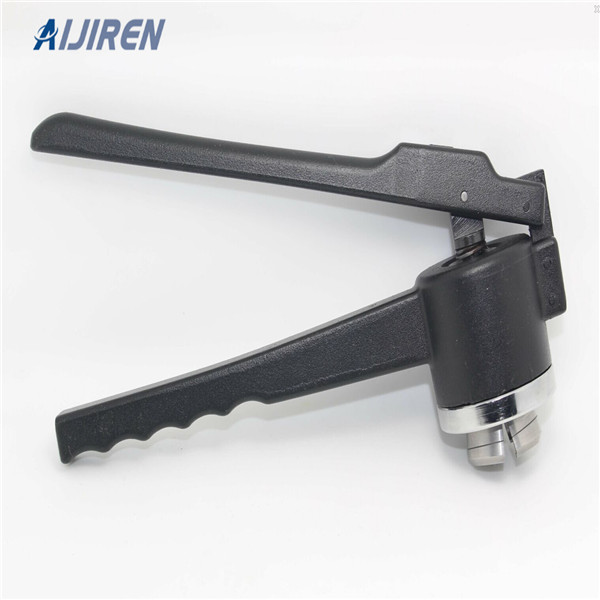
Jul 27, 2017 · This protocol describes the deep-scale analysis of the blood plasma proteome. By combining abundant protein depletion, sample multiplexing with isobaric labeling and fractionation, this enables